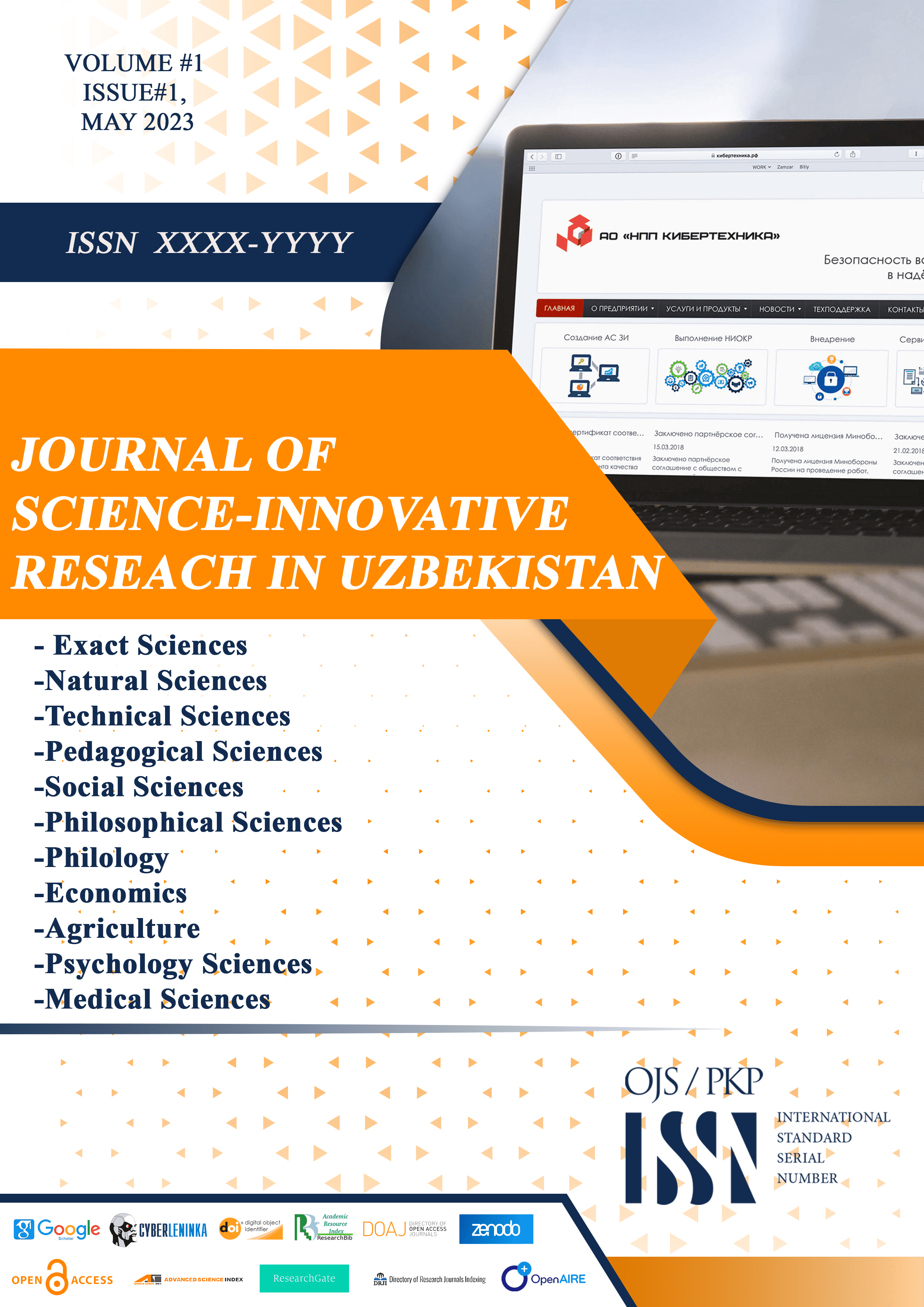Abstract
Electronic libraries, or digital libraries, have emerged as essential tools in the modern information age, revolutionizing the way knowledge is stored, accessed, and shared. This article explores the core tasks and functions of electronic libraries, highlighting their role in education, research, and information management. Key tasks include the acquisition, digitization, and organization of resources, as well as ensuring accessibility, preservation, and collaboration. Their functions, such as centralized knowledge access, cost-efficient management, and personalized user experiences, demonstrate their impact on fostering lifelong learning, promoting interdisciplinary research, and preserving cultural heritage. As technology advances, electronic libraries continue to bridge gaps in information access, democratizing knowledge and shaping the future of global education and research.
References
1. Borgman, C. L. (1999). What Are Digital Libraries? Competing Visions. Information Processing & Management, 35(3), 227–243.
2. Arms, W. Y. (2000). Digital Libraries. MIT Press.
3. Lynch, C. A. (2005). Digital Libraries, Learning Communities, and Open Education. First Monday, 10(5).
4. Lesk, M. (2005). Understanding Digital Libraries (2nd ed.). Morgan Kaufmann.
5. Fox, E. A., & Urs, S. R. (2002). Digital Libraries. Annual Review of Information Science and Technology, 36(1), 503–589.

This work is licensed under a Creative Commons Attribution 4.0 International License.

